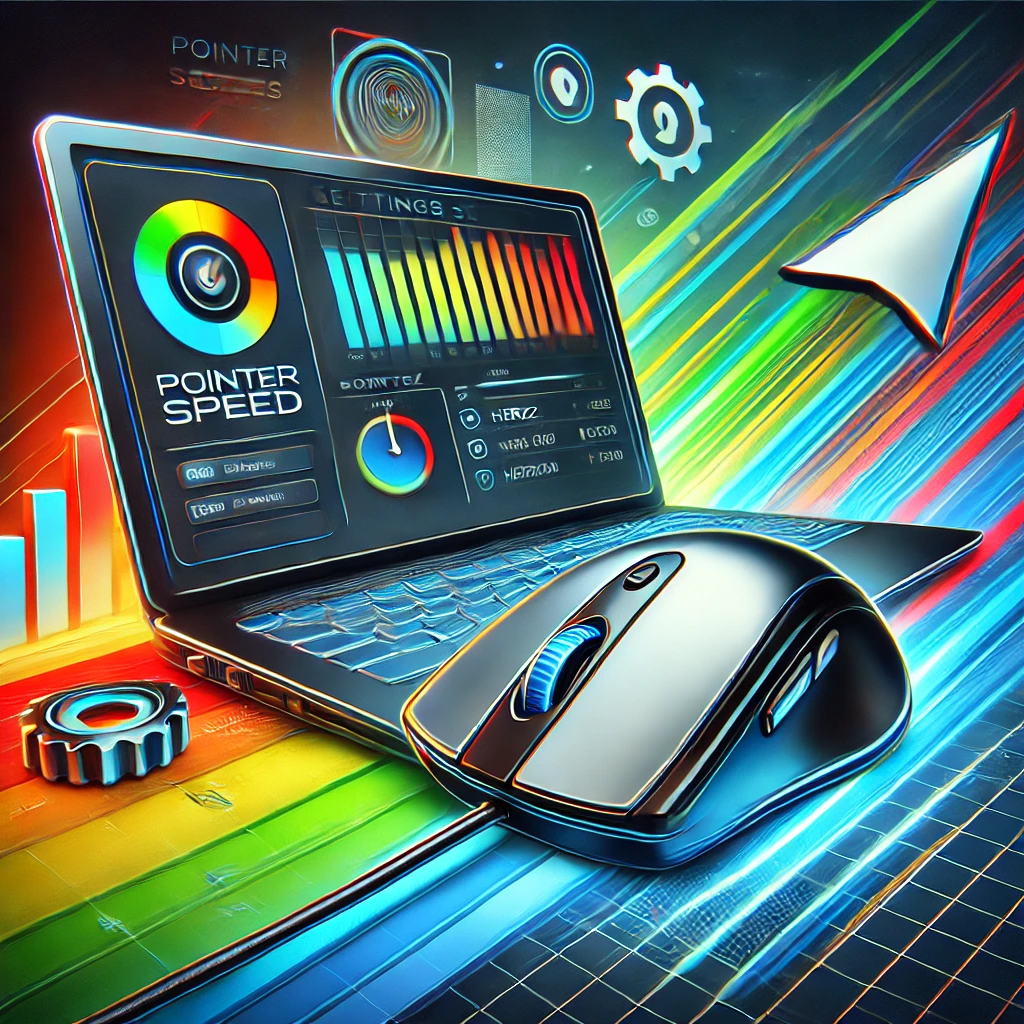If you just got a new mouse or want to improve the experience with your current one, there are several ways to set it up for the best possible performance. Here’s a quick guide on hooking up your mouse, adjusting tracking and pointer appearance, and even troubleshooting common issues like lag. One of the reasons why I am making this post is because after years of programming the last point in this article is what my problem was. So lets start with the easy stuff.
1. Hooking Up Your Mouse
- USB Mouse: Simply plug your USB mouse into an available USB port on your computer. It should be automatically detected, and drivers will install.
- Wireless Mouse: Insert the USB receiver into a port or use Bluetooth if your mouse supports it. Pair the mouse by turning on Bluetooth on your computer and selecting the mouse from the device list.
2. Adjusting Mouse Tracking Speed and Pointer Look
Adjusting Tracking Speed:
- Go to Settings (or Control Panel on some systems) and select Devices > Mouse.
- Look for the Pointer speed or Mouse sensitivity setting. Adjust the slider until the mouse moves at a comfortable speed for you.
Customizing the Pointer:
- Go to Settings > Devices > Mouse and select Additional mouse options.
- In the Pointers tab, you can choose a different pointer style. Try different options to see which one you prefer.
3. Troubleshooting Lag or Stuttering Issues (Mouse Hertz)
Sometimes, if your mouse is hanging or lagging, it might be due to the Hertz rate, or the polling rate of the mouse. This setting determines how often your mouse communicates with your computer, affecting responsiveness. This was my latest issue, I had to set the Hertz on my mouse because it was lagging and was having mouse tracking issues.
- Checking and Adjusting Mouse Hertz:
- Check Mouse Hertz: Some gaming and advanced mice come with software (like Logitech G Hub or Razer Synapse) where you can check the polling rate. Open the software and look for Polling Rate or Hertz settings.
- Adjusting Mouse Hertz: In your mouse’s software, try increasing the Hertz (e.g., 125 Hz, 500 Hz, 1000 Hz) for faster response. A higher Hertz rate usually means better performance but can use more system resources.
- Manual Setting on Windows:
- Open Device Manager.
- Find your mouse under Human Interface Devices and open its Properties.
- Look for any options related to polling rate or Hertz (this may only be available for certain mouse types).
If your mouse still doesn’t perform well, you may need to update its drivers or try it on a different computer to check if the issue is with the hardware.

